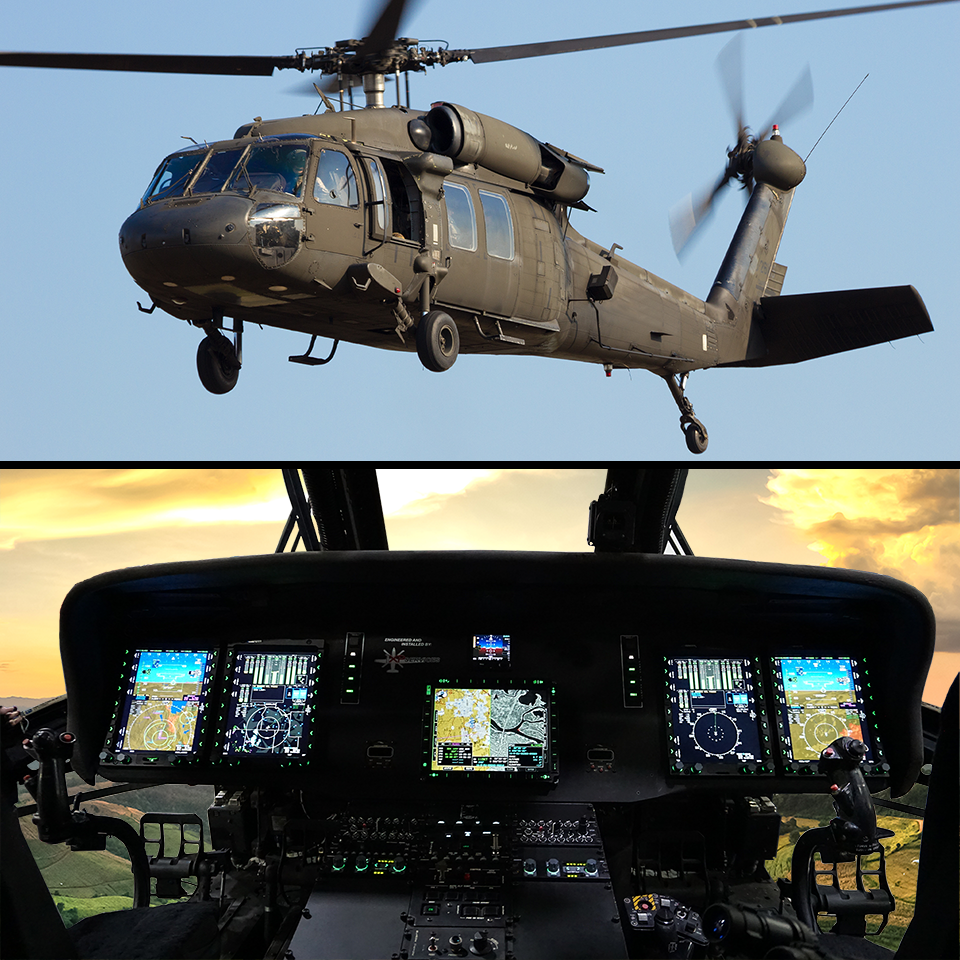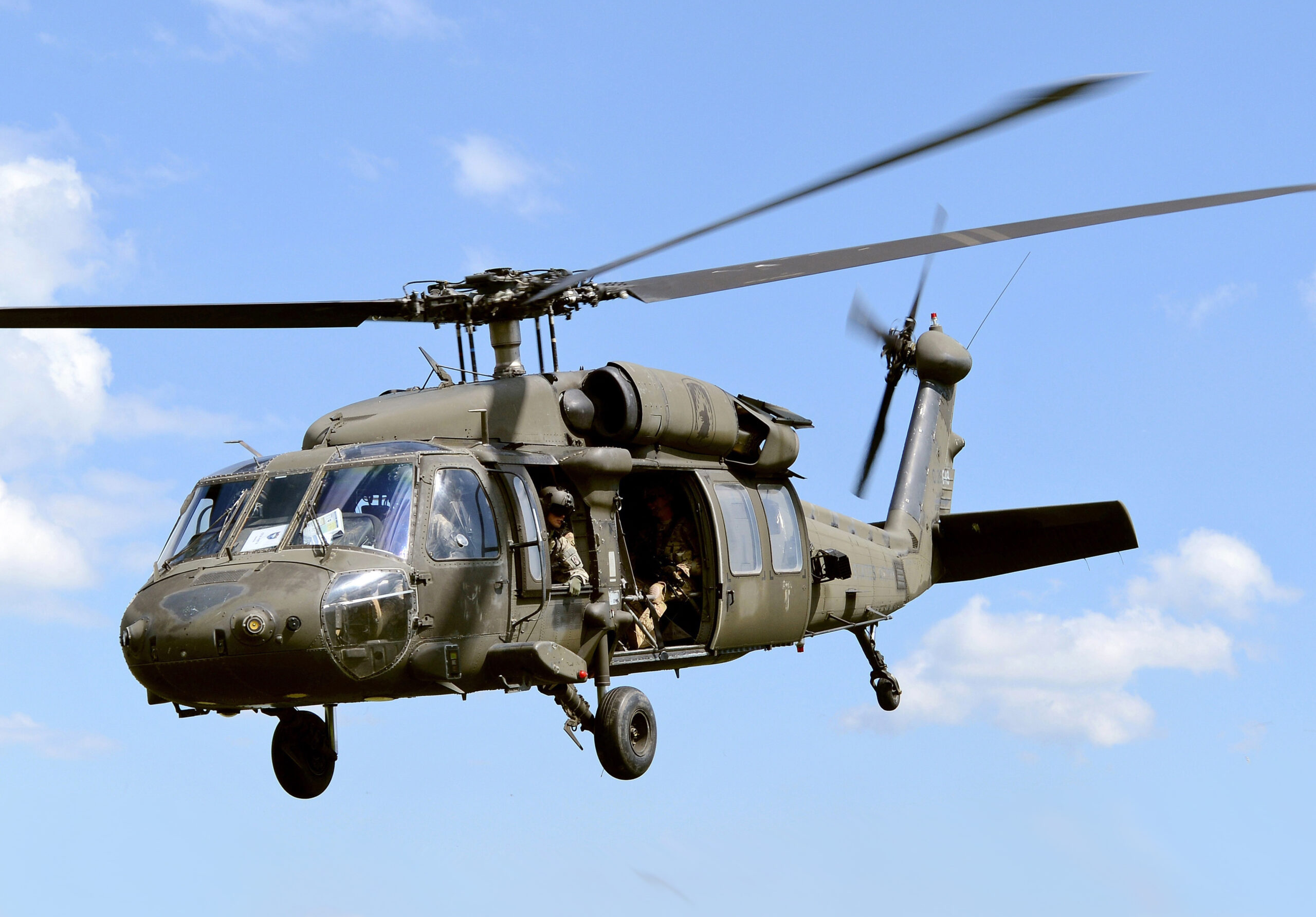How the UH 60 Revolutionized Tactical Air Mobility and Combat Support
How the UH 60 Revolutionized Tactical Air Mobility and Combat Support
Blog Article
Discovering the Background and Advancement of the UH 60 Helicopter

Origins of the UH-60
The origins of the UH-60 helicopter can be mapped back to the late 1960s, a period marked by the requirement for a versatile energy aircraft that might adapt to the evolving demands of contemporary warfare. The U.S. Military acknowledged the need for a substitute for the older UH-1 Iroquois, which was ending up being significantly insufficient for the complexities of contemporary fight scenarios. In 1967, the Army initiated the Energy Tactical Transport Aircraft System (UTTAS) program, which looked for to establish a multi-role helicopter with the ability of different missions, including troop transportation, medical evacuation, and logistical support.
The UH-60 Black Hawk was introduced, showcasing cutting-edge layout elements and advanced technology that set it apart from its precursors. The UH-60 promptly obtained recognition for its robust efficiency, reliability, and adaptability, paving the method for its comprehensive usage in armed forces operations and solidifying its standing as a foundation of U.S. Military aviation.
Trick Design Attributes
Cutting-edge design features of the UH-60 Black Hawk significantly add to its functional effectiveness. Among one of the most significant facets is its twin-engine setup, which boosts integrity and supplies a greater power-to-weight ratio, making it possible for the helicopter to perform under various conditions. The airplane's four-blade main rotor system provides boosted lift and maneuverability, vital for tactical objectives.

In addition, the cockpit is created for optimal exposure and functional designs, featuring advanced avionics that simplify pilot procedures. The modular layout of the UH-60 permits easy upkeep and versatility, making it appropriate for different goal accounts, from army transport to medevac operations. These key design features ensure that the UH-60 Black Hawk continues to be a functional and reliable possession in military aeronautics, with the ability of fulfilling the demands of modern war.
Technological Improvements
Recent technical advancements in the UH-60 Black Hawk have dramatically boosted its functional abilities and versatility. The assimilation of innovative avionics, such as digital flight control systems and improved situational awareness screens, enables pilots to operate with boosted accuracy and efficiency. These systems assist in improved navigation, communication, and information sharing, making it possible for the helicopter to function efficiently in diverse atmospheres.
Furthermore, the introduction of composite materials has actually minimized the general weight of the aircraft while preserving structural integrity. This reduction boosts fuel efficiency and extends operational array. The incorporation of sophisticated blades modern technology, including making use of four-blade, totally verbalized blades systems, has actually enhanced lift performance and ability to move, enabling better handling in numerous trip problems.

Furthermore, advancements in propulsion systems, such as the T700-GE-701D engines, have raised power output and integrity - uh 60. These engines add to link superior efficiency in hot-weather and high-altitude problems
Lastly, the integration of self-defense systems and improved sensing unit packages improves the Black Hawk's survivability and mission performance. Jointly, these technical enhancements ensure that the UH-60 Black Hawk remains a crucial asset in contemporary aeronautics, qualified of adapting to the developing needs of army and altruistic missions.
Duty in Military Operations
As the backbone of united state Army aeronautics, the UH-60 helicopter plays an important function in numerous armed forces procedures, working as a flexible system for battle support, transport, and medevac objectives - uh 60. Its design integrates the capacity to run in varied settings, making it necessary for army motion and logistical support in both non-traditional and conventional war

In clinical evacuation situations, the UH-60 why not check here has verified invaluable, significantly reducing the moment to deliver damaged soldiers from the battlefield to clinical centers. Its innovative avionics and evening vision abilities further ensure mission success under difficult conditions. Overall, the UH-60 helicopter continues to be an important property, continually adapting to satisfy the advancing needs of military operations and enhancing the effectiveness of U.S. forces worldwide.
Future of the UH-60
Looking in advance, the future of the UH-60 helicopter includes substantial innovations in technology and abilities made to boost its operational effectiveness. As armed forces procedures evolve, the UH-60 is expected to integrate innovative modern technologies, consisting of improved avionics, enhanced tools systems, and progressed communication devices. These improvements will certainly permit for greater situational recognition and mission flexibility, making sure that the UH-60 remains an essential possession on the battleground.
One significant growth is the combination of fly-by-wire systems, which will improve flight control accuracy and reduce pilot work. In addition, initiatives to upgrade the airframe and engines intend to enhance haul, speed, and variety capacity, consequently increasing the helicopter's operational range (uh 60).
The future also holds assurance for enhanced interoperability with unmanned aerial systems (UAS), allowing coordinated objectives that take advantage of both manned and unmanned abilities. Additionally, the consolidation of expert system and artificial intelligence could optimize flight dynamics and upkeep procedures, leading to decreased functional expenses.
Final Thought
The UH-60 Black Hawk helicopter stands for a substantial accomplishment in armed forces aeronautics, progressing from the U.S. Army's preliminary requirements for a flexible energy airplane. Its innovative style features and review continual technical innovations have ensured its significance in numerous armed forces operations over the decades. As the demands of contemporary war change, the future of the UH-60 will likely entail more enhancements and adjustments, reinforcing its condition as an essential possession for militaries worldwide.
The UH-60 Black Hawk helicopter stands for a significant landmark in armed forces aviation, emerging from the U.S. Military's pursuit for a much more trustworthy and flexible utility aircraft in the late 20th century.The origins of the UH-60 helicopter can be traced back to the late 1960s, a period noted by the need for a versatile energy aircraft that can adjust to the evolving needs of modern-day war. Overall, the UH-60 helicopter continues to be a crucial asset, constantly adapting to fulfill the advancing needs of army operations and enhancing the performance of U.S. forces worldwide.
Looking ahead, the future of the UH-60 helicopter involves substantial developments in technology and capabilities developed to boost its functional efficiency.The UH-60 Black Hawk helicopter represents a significant achievement in army aviation, advancing from the U.S. Military's initial demands for a functional energy airplane.
Report this page